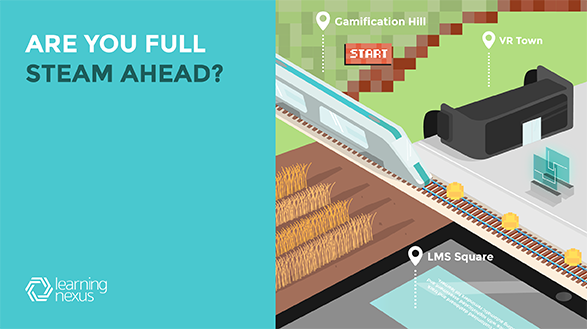
On this day in 1825 (27th September 1825) a steam locomotive carried passengers on a public railway for the first time. This historic journey would not have taken place if it weren’t for the vision of Edward Pease, a woollen manufacturer, and the ingenuity of George Stephenson, a steam engine engineer.
The Plan
The original plan was to build an eight-mile railway line to exploit a rich vein of coal, with carriages being pulled by horses. Although this plan would have worked, George Stephenson had ideas of his own about how to optimise the results.
Stephenson contacted Pease, telling him that he should consider building a locomotive railway, and that he had already built a locomotive that was “worth fifty horses”.
Full Steam Ahead
After years of planning and construction, the day had finally arrived – Pease and Stephenson were ready for their first transportation. The project had created such a storm, more than 450 people clambered into carriages full of coal, just to be a part of this historic journey.
The first voyage took more than 2 hours to cover a distance of just over 8 miles, averaging a speed of somewhere in the region of 7 miles per hour.
However, whilst the train was travelling down a slope, Stephenson opened the throttle and reached a staggering (for the time) 15 miles per hour. It was at this point that passengers began to complain, fearful for their safety.
What Does It Mean For Today?
Without this initial passenger locomotive journey, it is highly unlikely that Britain’s Industrial Revolution would have been as strong as it was.
We can now travel from London to Paris, a distance of 305 miles, in just over 2 hours – roughly the same amount of time it took to travel 8 miles in 1825. The speed at which we can travel on the Eurostar, for example, is more than 30 times what it was on the Stockton and Darlington Railways.
What Can L&D Learn From This?
There are a few things to take from this piece of history, the first being collaboration.
Collaboration – It would have been very easy for Pease to build his railway and have his carriages pulled by horses. However, by collaborating with Stephenson, he made that service much more efficient and therefore gained a greater return on investment (ROI).
We believe that L&D should follow suit. Collaborate with your marketing team to improve your internal communications, and collaborate with experienced external support to learn about the use and implementation of new technologies.
Another takeaway for L&D is efficiency.
Efficiency –Pulling carriages with horses was of course a viable option, but Pease would have reached his capacity very quickly. Utilising new technologies helped make the service more efficient, and this can be the same for L&D.
Whether it be delivering learning content in a more efficient manner, or automating some of your processes, there are tools out there to assist you in achieving your goals. The more efficient you become, the more you can focus on the future, not just on maintaining the status quo.
The final takeaway for L&D is future-proofing.
Future-Proofing – Don’t listen to the doubters; believe in your way of thinking and commit to it. If we had listened to the passengers on that first journey, we would still be travelling at 15 miles per hour, taking almost a day to reach Paris from London.
Of course, within L&D, the here and now is important. However, if we always focus on today rather than tomorrow, nothing will change. Whenever you have a new initiative, think about what it will mean for your business in 2-3 years’ time, not just today.
Learning Nexus
At Learning Nexus, we think of ourselves as Stephenson, and our clients as Pease.
Our clients approach us with a concern or a goal and have an idea about how they want to achieve it. As Stephenson did, we collaborate with our clients and provide them with ideas for the “locomotive” in order to achieve their goals in the most efficient and future-proof manner.
Our aim is to ensure you can go “Full Steam Ahead” with your L&D goals.
